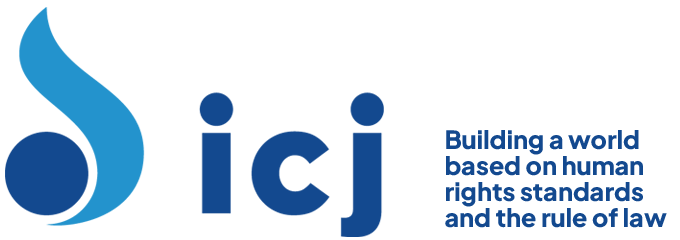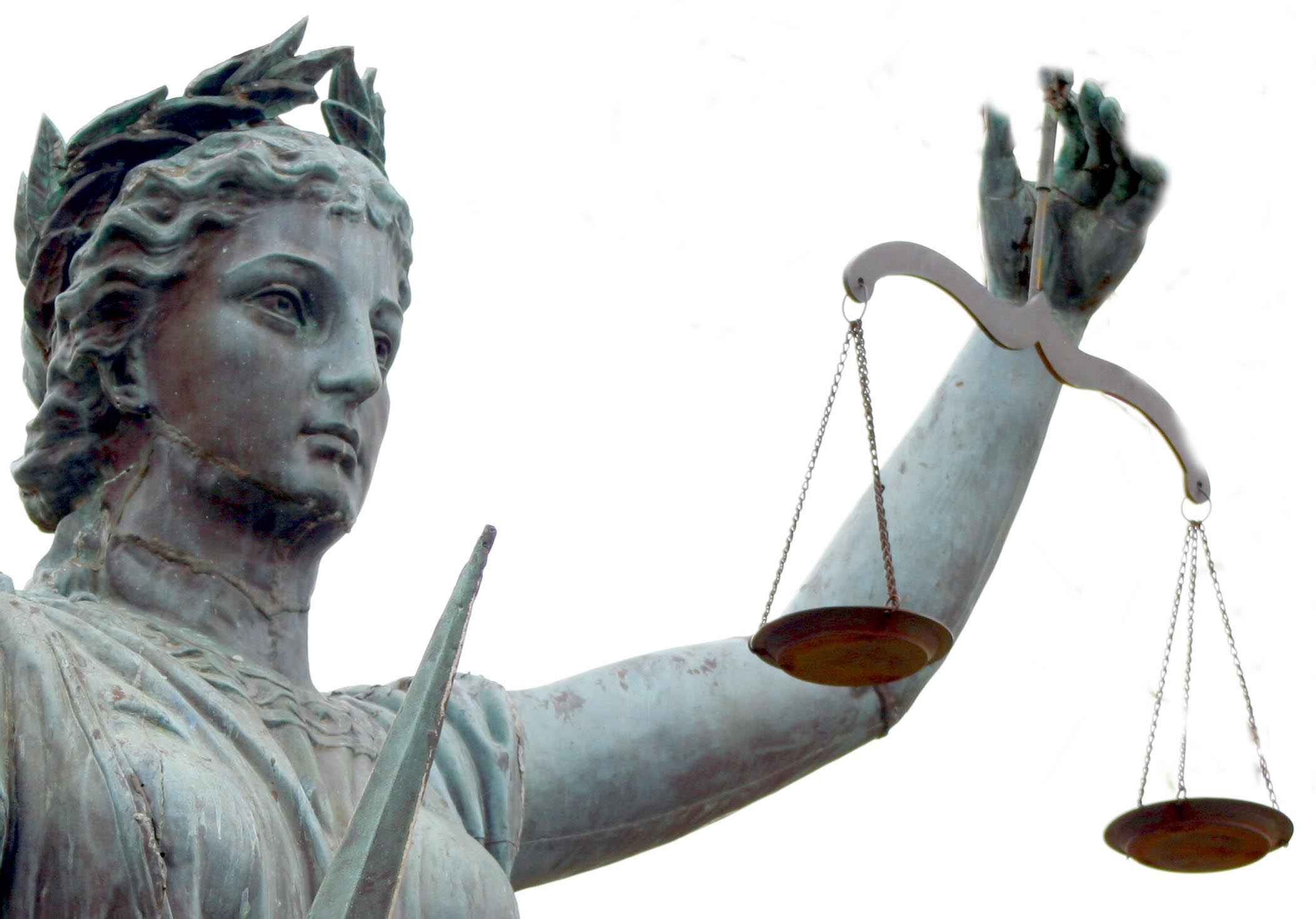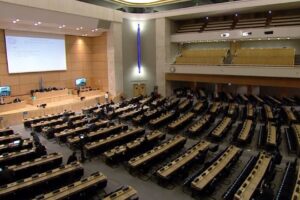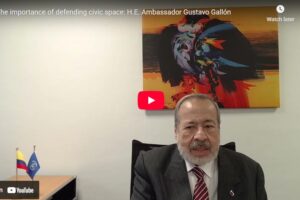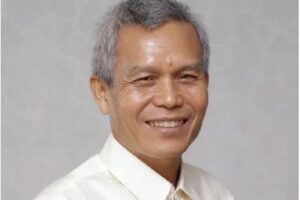Myanmar’s legal system is based on the English common law tradition, influenced heavily by the manner of reception and codification of that tradition in British India in the 19th and early 20th century.
The territory of what is today the Republic of the Union of Myanmar was consolidated under British India in the 19th century. It became a formal colony of Britain in 1937. During the Second World War, Japanese occupying forces granted the country independence, though in name only. The British reasserted control following the war. Thereafter, however, the 1947 Aung San-Attlee Agreement {{1}} provided for the election of a constituent assembly to draft a Constitution {{2}} (which was approved the same year), and the Panglong Agreement {{3}} established that contested border areas should at least initially remain part of the country.
The Union of Burma formally became an independent sovereign republic on 4 January 1948. Existing laws, insofar as they were not inconsistent with the new Constitution, remained in force. A Laws Revision Committee classified and published both the pre-independence laws which remained in force and the laws enacted up to 1954 in 13 volumes of the Burma Code. These include inter alia the Penal Code, Code of Criminal Procedure, Code of Civil Procedure, the Bar Council Act and the Legal Practitioners Act.{{4}}
Following a coup d’état in March 1962, General Ne Win established a Revolutionary Council and the ‘Burmese Way to Socialism’. {{5}} Existing laws remained in force until repealed. In January 1974, the 1947 Constitution was superseded by the Constitution of the Socialist Republic of the Union of Burma.{{6}} Again existing laws remained in force insofar as they were not contrary to the Constitution, until and unless they were repealed.
Following the repression of large-scale pro-democracy protests in September 1988, the military staged another coup. It established the State Law and Order Restoration Council (SLORC) and suspended the 1974 Constitution. Martial law was declared and the SLORC decreed a series of emergency measures. Again, existing laws remained in force until annulled or repealed.
After the opposition National League for Democracy (NLD) won the 1990 elections, the SLORC refused to cede power and instead retained martial law and continued to exercise legislative, executive and judicial power. The legislative assembly was transformed into a National Convention tasked with drafting a new Constitution; it met from 1993 through 1995, when NLD delegates walked out and the Convention was adjourned. In November 1997, the SLORC changed its name to the State Peace and Development Council (SPDC); changes to military rule were, however, minimal.{{7}}
[[1]]1. Aung San-Attlee Agreement. 1947. http://burmastar1010.files.wordpress.com/2011/06/44172419-aungsan-atlee-agreement.pdf (Accessed 20 March 2014).[[1]]
[[2]]2. Consulted at http://www.scribd.com/doc/25420681/1947-Constitution-of-Burma-English-Version (Accessed 20 March 2014).[[2]]
[[3]]3. Consulted at http://www.encburma.net/index.php/agreements/43-agreements/159-the-panglong-agreement.html (Accessed 20 March 2014). Parties to the agreement were the Burmese government under Aung San and the Chin, Kachin and Shan peoples.[[3]]
[[4]]4. See overview on http://web.archive.org/web/20110902212056/http://www.blc-burma.org/html/Burma%20Code/Indexs/lr_law_bc_aindex.html (Accessed 20 March 2014).[[4]]
[[5]]5. The Burmese Road to Socialism is an economic treatise written in April 1962 by the Revolutionary Council as a blueprint for economic development. It aimed to reduce foreign influence in the country and increased the role of the military.[[5]]
[[6]]6. Consulted at http://www.thailawforum.com/database1/constmyanmar.html (Accessed 20 March 2014).[[6]]
[[7]]7. See Human Rights Watch, Chronology of Burma’s Constitutional Process (2008).[[7]]
